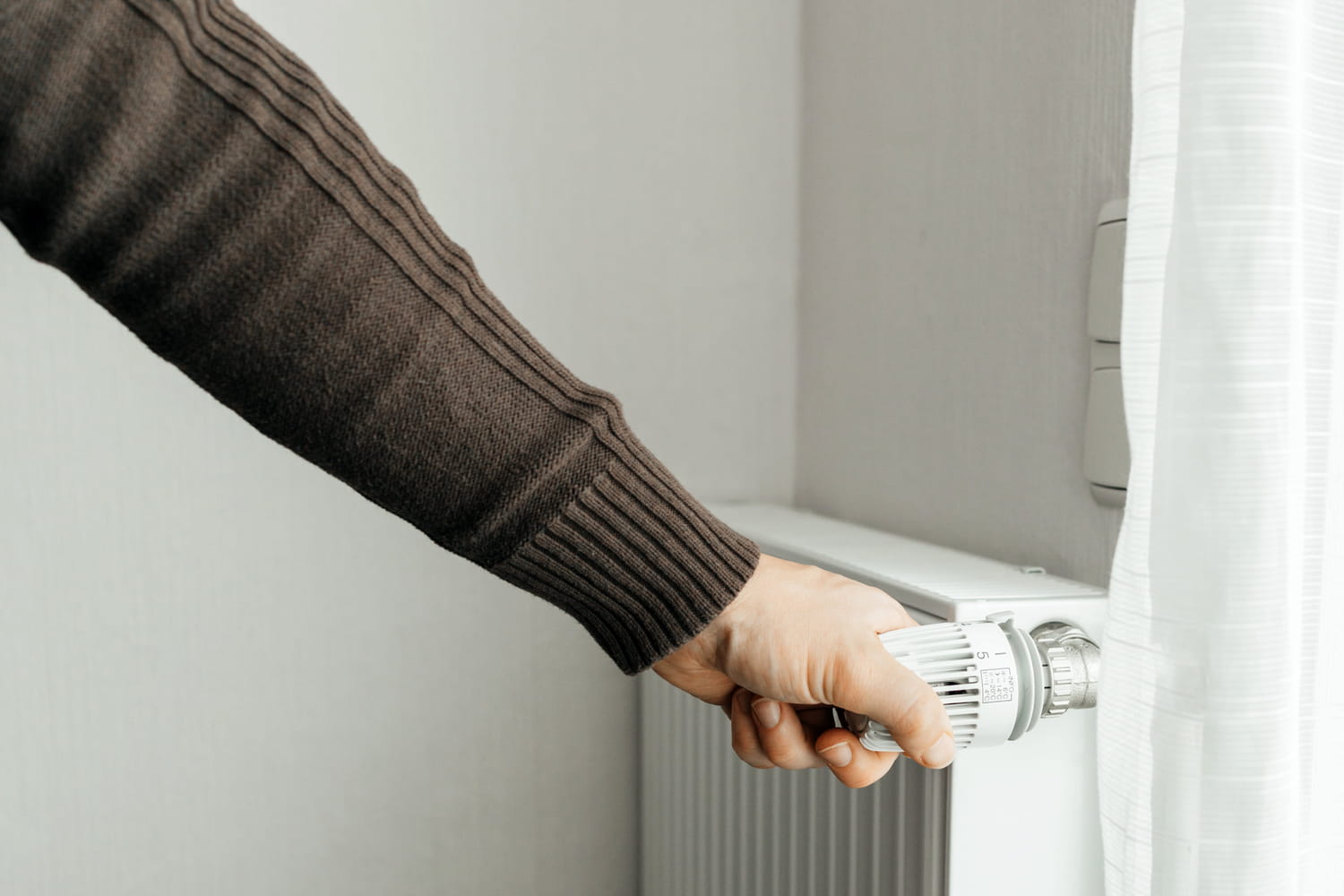The rarest fragments can reach 1000 euros per gram.
Thousands of tiny but beautiful meteorites fall to Earth every day. If thehe probability of discovering a meteorite at home remains rather rare, it is not impossible. France is one of the countries best endowed with meteorite falls and finds per km². “Obviously, very few of us will find a large meteorite, but the fact that there might be at least one or two tiny, bright micrometeorites on the roof above my head right now is quite wonderful.“, rejoices Joshua Howgego, meteorite expert, on Big Issue.
Meteorites fascinate scientists because they are almost intact remnants of the creation of the solar system. Therefore, thehe value of a meteorite can vary enormously, ranging from a few cents per gram to more than 1000 euros for the rarest specimens. The price depends on several essential criteria: the type of meteorite (rocky ones are generally worth less than mixed ones which contain olivine crystals which are highly sought after by collectors), the origin (fragments from the Moon or Mars are the most expensive, reaching 300 euros, or even 1,000 euros per gram), the rarity, the state of conservation and the size. Intact, well-preserved and large specimens are more desirable.
Micrometeorites can be found anywhere. This is what we colloquially call stardust. According to the meteorite hunter, your chance of finding them increasesIf you have a flat roof (modern construction, roof terrace): Unlike soil, where particles are dispersed by wind, rain, human activity (mowing, plowing) and animals, a flat roof accumulates debris without dispersing it. For those with a sloping roof, it is much rarer to find stardust.
To find possible micrometeorites on a flat roof, first sweep the debris off the roof (ensuring safety), then wash it in soapy water. Repeat until the water runs clear to isolate the tiny sedimented rock particles. Once the particles are dry, use a strong magnet (in a plastic bag) to isolate the magnetic particles. Examine the magnetic particles under a microscope (ideally 50x). Look for spherical shapes (space rocks melt and solidify into spheres during atmospheric reentry), knowing that other terrestrial sources can also produce round, magnetic particles.
Before knowing its value, it is necessary to have your find authenticated and classified. Contact a meteorologist or natural history museum to confirm that it is indeed a meteorite and not a common Earth mineral (such as a scoria or iron nodule). They will be able to help you identify it. If confirmed, the meteorite will be classified (chondrite, siderite, achondrite…). This classification is essential to determine its rarity and value. Once you have its classification, you can have it valued by meteorite experts or specialist auction houses.








